It’s been a while since I’ve given an AI Art update and I wanted to explain something that I’ve been talking about a lot to artists and designers. Something that is very important to understand, and hopefully will help the human artists sleep a bit better at night. And although I am not a lawyer I do spend my days up to my neck in Intellectual Property Law, so let me explain where we’re at right now. Again, this applies to the US because it’s the US Copyright Office, but many treaty nations uphold our copyrights, and the European Union and UK are even more strict.
A little overview of the basics:
— As a human creator of something (artist, author, musician, etc) you have an automatic copyright to any work you create. There’s some exceptions here, like recipes and fashion patterns, but most forms of art are covered. Anything not made by human hands is not covered.
From the copyright rules:
And things not created by human hands include:
When you start reading the case history for some of these specific mentions you quickly become amazed at how many divine beings are lining up for copyrights to their work. You think they’d have better things to do than make money taking folks to court over a divine image on a grilled cheese.
— You can strengthen this copyright by registering the copyright with the copyright office. That means you win lawsuits easier and get more money in damages when you do. But you have the copyright inherently in the act of creation.
— Many industries and companies within those industries depend on copyrights in order to make money. Book Publishing, for example. If you couldn’t copyright novels (or the covers on them) then you can’t stop other people from selling copies of the same work for cheaper. That’s why you find so many cheap classic books, and thousands of copies of them in varying qualities. It’s because older books have gone in to the public domain, and anyone can publish them. However, it would be very bad for Publishing Houses if anyone could publish a book that came out last week.
— So what about AI? Well, the US Copyright Office held a lot of hearings last year and upheld its initial ruling that things created by AI do not count as “made by human hands” thus are not copyrightable. Great! But there’s a lot of gray area. What about things that are a mix of Human and AI made? Well, we now have some rules. Use of AI is deemed either “De Minimus” (of minimal use/effect) or “Appreciable” (more than minimal use/effect). So if the AI use is minimal (and thus it is mostly Human made work) then you can copyright it. However if the use of AI makes an appreciable difference to the work then it cannot be copyrighted. “De Minimus” is a term used not only in AI, it’s a term that has been around for a long time and has come into play when using one work embedded in another. “De Minimus” is Latin for “About Small Things”. For example, song lyrics in a fiction novel. If it’s a minimal use, no problem. But if it’s an appreciable use then you need to get permission from the copyright holder of the song.
So where’s the line between De Minimus and Appreciable?
Here’s some examples of De Minimus use of AI in Art:
• Filters to up the resolution of an image or sharpen an image or blur an image
• Using AI as inspiration for a later work, but not using the AI art in the finished work — for example, using AI art to generate reference that you do not photobash or trace, just use as visual reference.
• Non-generative filters in photoshop that are enhanced by AI but not generative (cloning, texture filters, etc)
What is Appreciable?
• Obviously any new element that’s completely generated by AI
• Changing/adding backgrounds, hairstyles, clothes, etc
• Generative AI filters in photoshop (powered by the Adobe Stock libraries)
This is a fantastic graphic by the Creative Law Center — go and check out their more in-depth article here.
However if you look at the middle of the spectrum there’s still a gray area—er, a green area—where the copyright is still arguable. This is where future court cases are going to fill in the details over time. The copyrights in that area will be mixed—human-made elements will be protectable but AI-generated elements will not. That’s for the IP judges and lawyers to figure out.
So how does this impact working artists? Well, you have to think about what industry you work in and whether you are working on things that a company DOES need to copyright. So anything that’s a final image that needs to be protected by a company to make profit (A book cover, a Magic the Gathering card, a poster, fine art, logos, branding, etc) is probably going to be WAY more careful about staying away from AI Art use than industries where a great deal of art is made but does not need to be copyrighted (storyboards, pre-vis artists, concept artists). Anecdotally by talking to folks I know the film industry has been much harder hit by AI use than Book Publishing. I think if you are artists working mostly in areas that are not as dependent on copyright, it is worth thinking about diversifying your client list a bit. But if you are working in an area dependent on copyright you’re probably much more secure. (Of course, there are exceptions).
And this isn’t copyright-related, but fans have been pushing back quite hard against the use of AI Art, so that means anything fan-facing, especially in SFF or Romance, that uses AI is now immediately called out by fans. Fans use filters such as AIorNot to see the AI elements in the art and try to track them down on the various platforms. Now that comes with it’s own problems because these filters show false positives quite often (especially if you photobash as part of your process even with non-AI images) so do a quick check to see if you’re triggering them. If you do, and your art is not AI, make sure you say it all over the place when you post it on instagram. And you might want to adjust your process to figure out how not to trigger the filters, because we’re trying to be very careful in copyright-dependent industries.
So that’s the update for now. The AI Art field is changing so fast that I’ll keep you updated from an Art Business POV as the rulings and lawsuits continue to develop. For now, take a deep breath and remember that AI can only remix what already exists, not come up with anything genuinely new. That’s our jobs.


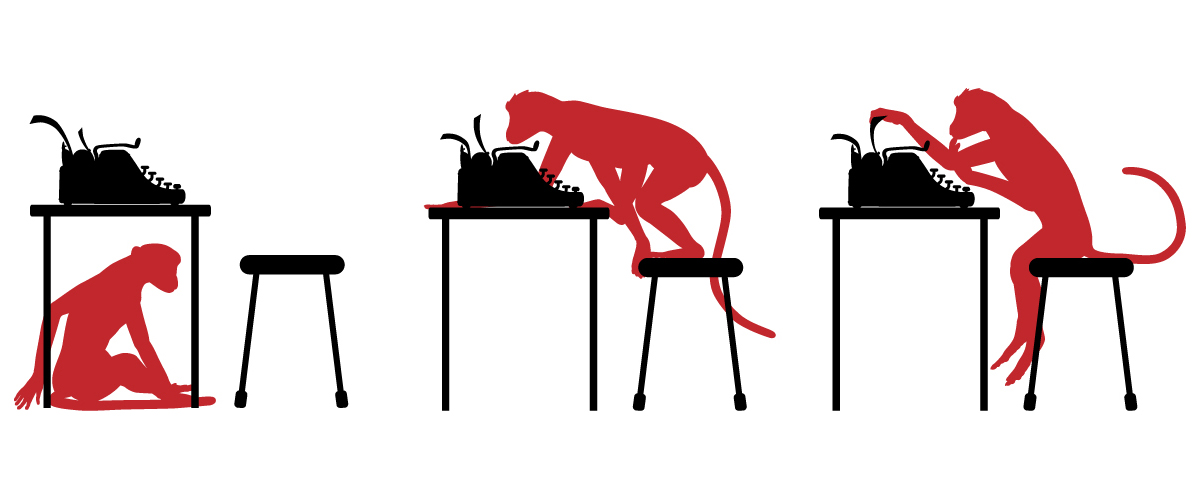
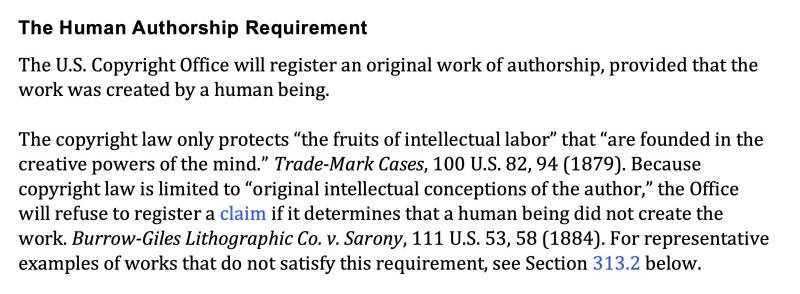

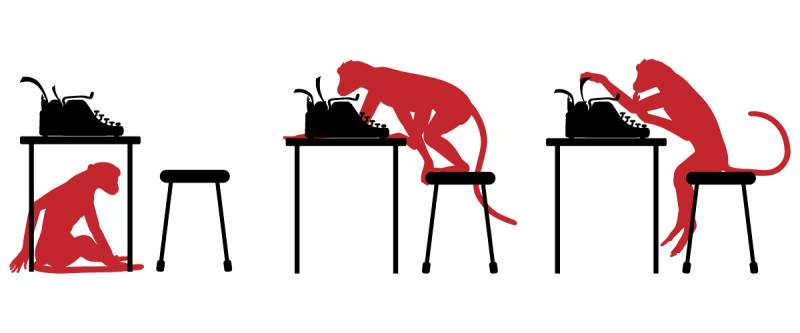
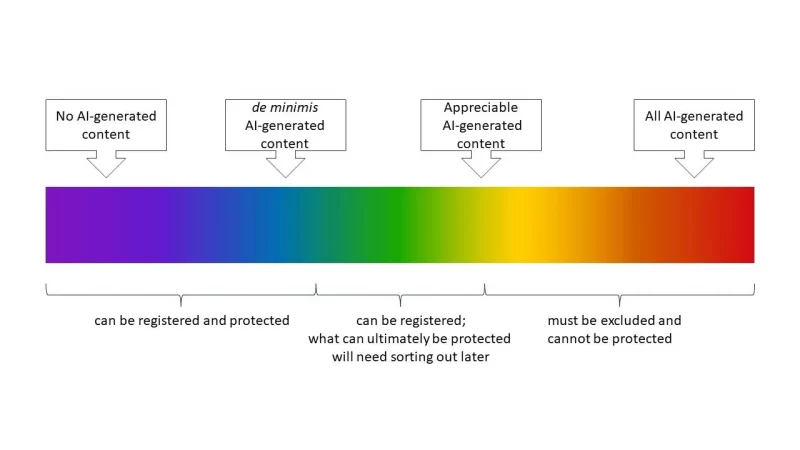
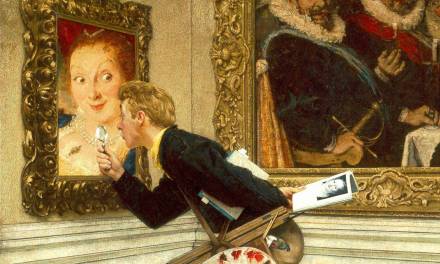
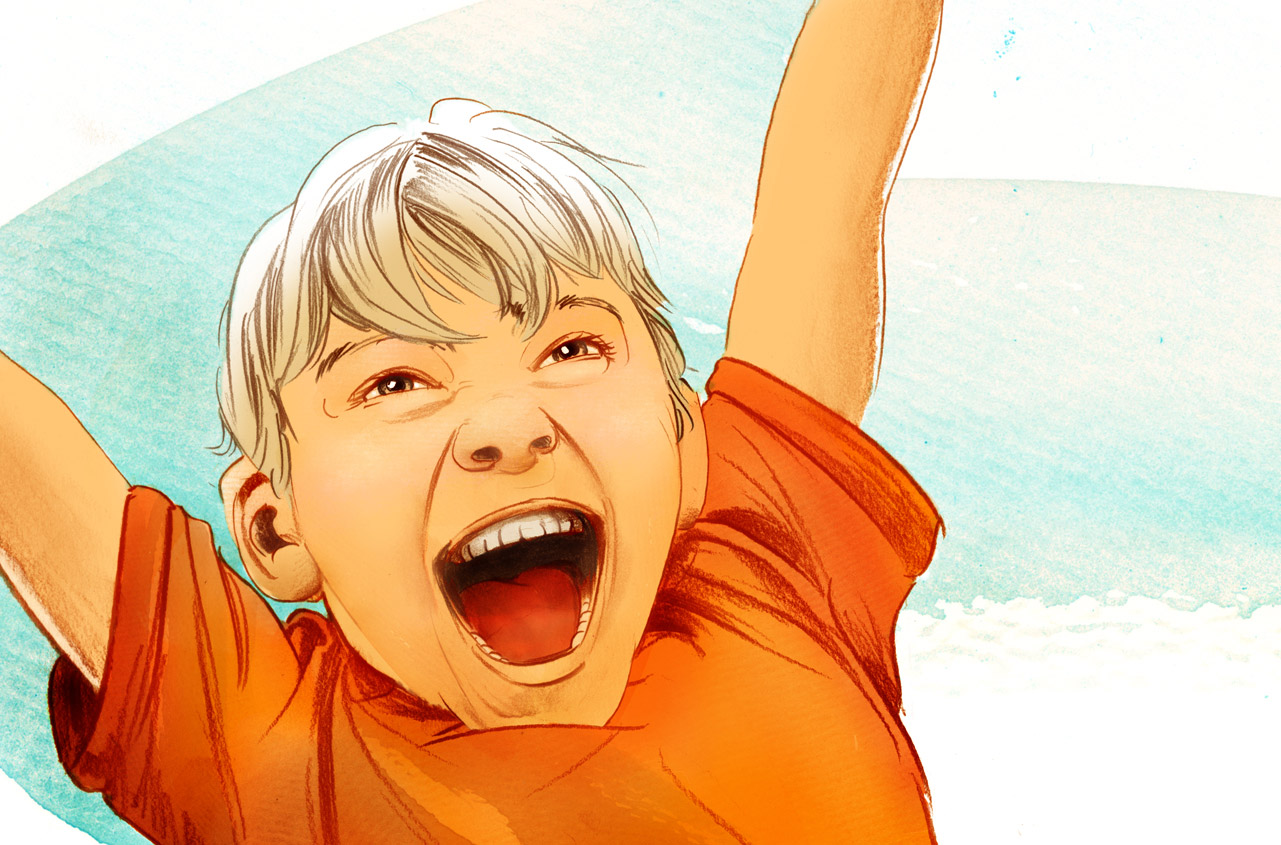
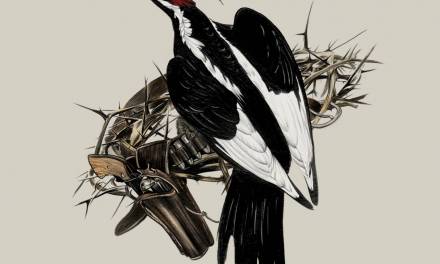
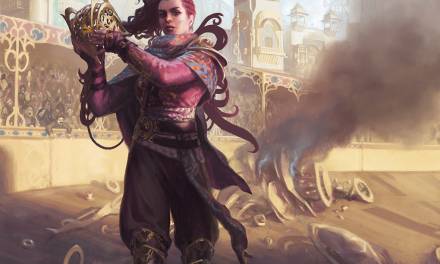

I think legally, our best option is to lobby for a law that all gAI content must be visibly watermarked as such at the time of generation, and illegal to remove that watermark. It should be easy to argue this not just to protect human artist’s jobs (which lawmakers probably don’t care about tbh), but to prevent the generation of fake photographs and fake news, or fake identities for example. That should be an easier sell.
It’s a good point to remember that this is an even bigger issue than artists & our jobs being replaced or not…this is a huge cultural problem as well
Yes indeed, the inability to copyright AI images is the main thing that is saving illustration jobs currently. However, the copyright laws might change if AI evolves to the point that very specific and editable commands can be applied to AI imagery, making the process more of a true tool under human control. For instance DALL·E 3 is far better at following instructions than it was a year ago, and the picture quality it generates has improved dramatically.
“AI can only remix what already exists, not come up with anything genuinely new.” I agree with this statement for the most part. And yet AI can make very novel and unique imagery, such as depictions of other dimensions and certain abstract concepts. Sure, AI bases everything it makes on what it was trained on, but the same can be said of humans. In fact most artist’s work is derivative, and those who create genuinely new art are rare.
I think artists would be well served to at least experiment with AI, as they might find it can enhance their creativity. If nothing else, it is useful for exploring ideas. It is not giving in to the Dark Side. Obviously AI imagery is not true art as we currently understand it, and yet under an artists control and vision, some incredible pictures can be achieved. I have been experimenting with various concepts and styles using DALL·E 3, resulting in some pictures that are quite profound! Try it, you might like it.
I think we must have different opinions on what is original and not. You are right, many artists do work in derivative ways only…however that isn’t the ideal, and I don’t agree with encouraging endless remixing as opposed to striving for new things. Ideally artists are INSPIRED by previous works and forge ahead from there. However AI (which is actually not true AI, not a consciousness, just a very very large algorithm) can only rehash. It is not inspired by older work, it simply breaks it apart and reforms it. It is merely clever. And yes, many artists make their career being merely clever. But it is a mistake to say that is the aim of art.